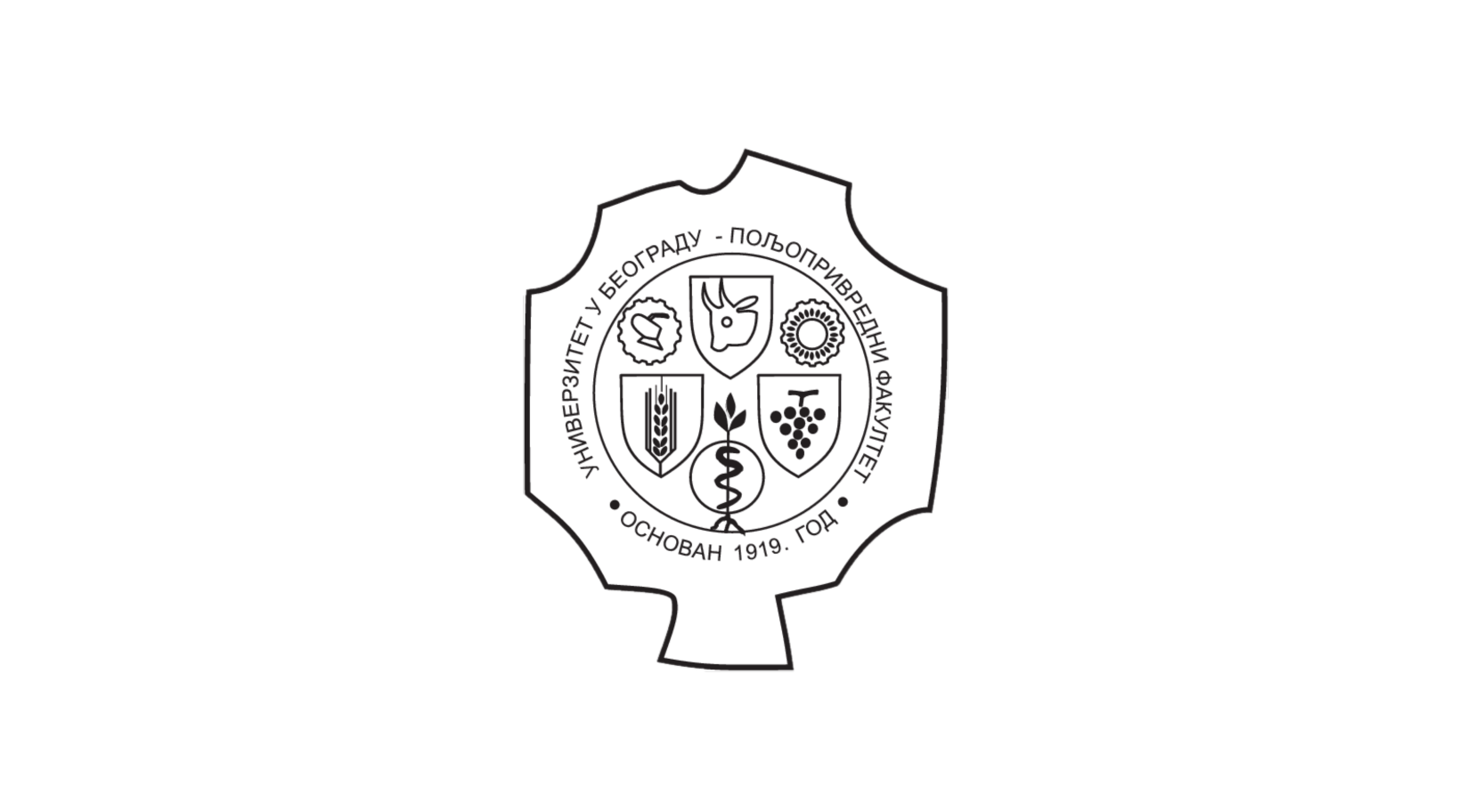| dc.description.abstract | The Balkan Peninsula is characterized by a great diversity of flora and vegetation. Moreover, it is native to
a large number of wild plant species containing carotenoids, biologically active compounds, beneficial for
human health. Carotenoid pigments exhibit a great antioxidant and anti-inflammatory effect, in addition to
beneficial impact on eye health, heart, blood vessels, cognitive function and antiaging. Nevertheless, their
role has been scientifically proven in prevention and treatment of cancer.
The aim of the research was to form a database on carotenoid plants of Serbia and the Balkans that is
set up electronically for easy access, management and updating. The research included the analysis and
organization of information on collected plants, as well as literature data related to the traditional use and
storage of plants and plant parts and products rich in carotenoids in fresh, dried or canned state.
Sixty wild plants from more than ten plant families were registered to contain these antioxidant pigments.
Among them three endemic species namely Lilium bosniacum (Beck) Fritsch (lily native to Bosnia and
Herzegovina), Ramonda nathaliae Pančić & Petrović and R. serbica Pančić were inscribed, of which the last
two are Tertiary relicts. The type and level of carotenoids varied depending on the plant species and organs
including leaves, petals, immature and ripe fruits, pulp, seeds, etc. According to database, fruits were the
richest source of these pigments. Reported carotenoid content, included both xanthophylls and carotenes,
whereas lutein and β-carotene were predominantly major compounds in berries and flowers respectively.
Total carotenoid content, determined by HPLC method, was the highest in fresh berries of Rubus fruticosus L.
(440 μg/100g) | sr |


